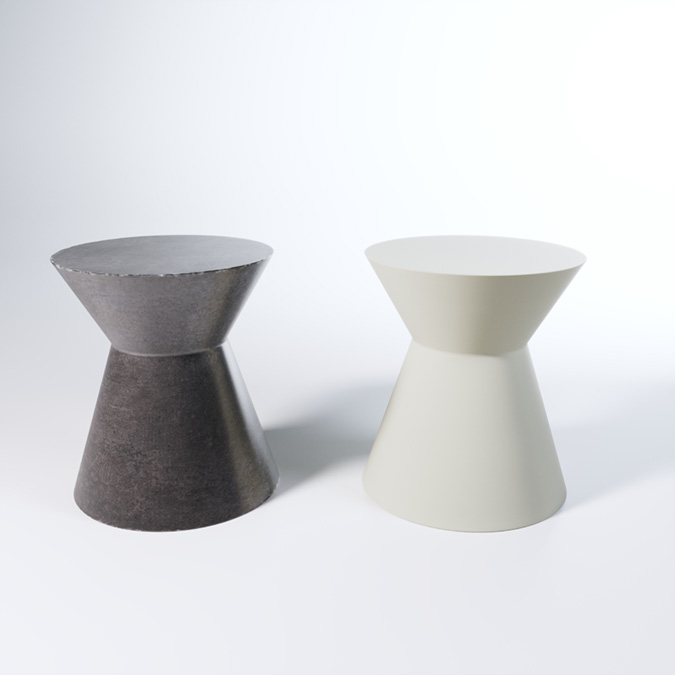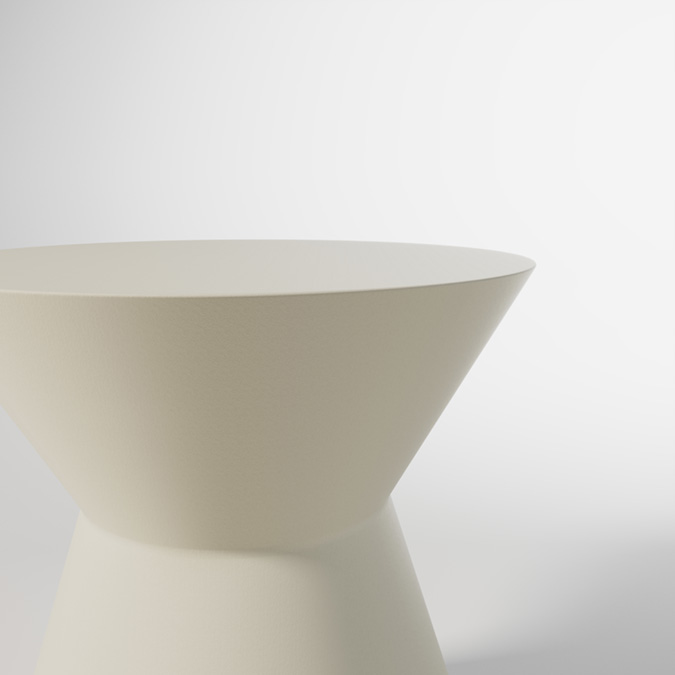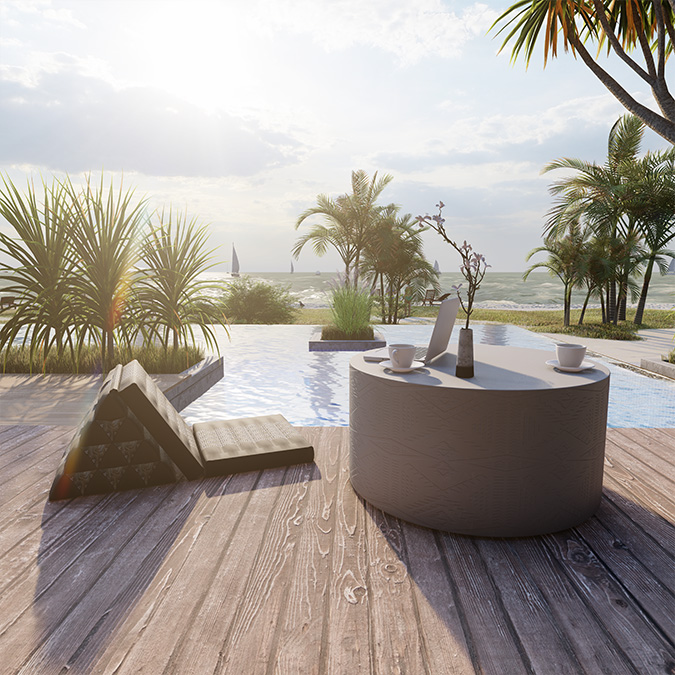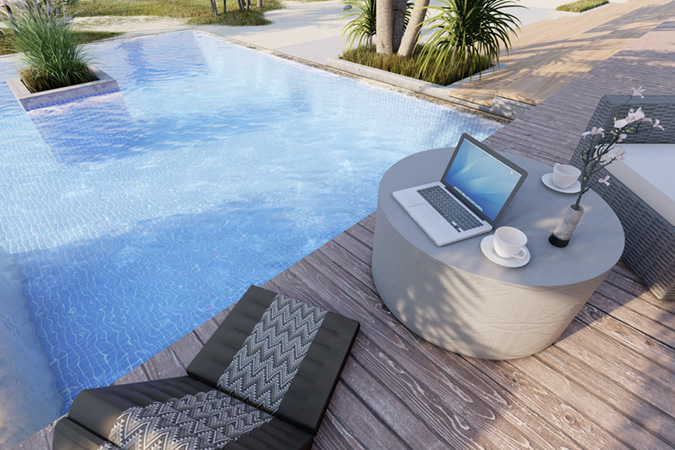With the global increase in environmental protection awareness, more and more people are paying attention to the eco-friendly attributes of building materials and furniture products. Among them, GRC (Glass Fiber Reinforced Cement) stands out as a new type of building material due to its excellent properties and environmental benefits, gradually gaining favor in the market. This article will discuss how GRC materials comply with environmental standards, their role in the circular economy model, and analyze how GRC furniture promotes sustainable development.
Environmental Advantages of GRC Materials
GRC is a composite material made from glass fibers, cement matrix, and other additives. Compared to traditional concrete, GRC offers the following environmental advantages:
- Lightweight: GRC is much lighter than ordinary concrete, which means less energy consumption during transportation, thereby reducing carbon emissions.
- High Strength: Despite being lighter, GRC boasts higher compressive strength, allowing for the use of less material to achieve the same structural strength when manufacturing furniture.
- Durability: GRC furniture has a longer lifespan, reducing the amount of waste generated from frequent furniture replacements.

Role in the Circular Economy
The circular economy aims to minimize waste generation and maximize the reuse of resources to achieve sustainable development. GRC furniture plays a significant role in the circular economy model:
- Material Recycling: When GRC furniture reaches the end of its useful life, its main components such as glass fibers and cement can be separated and reused. Glass fibers can be remelted and re-spun, while cement can be used as filler or for producing new construction materials ect.

Practices Promoting Sustainable Development
GRC furniture contributes to sustainable development through the following practices:
- Green Production: Manufacturers can adopt clean energy sources such as solar or wind power during production, reducing the consumption of fossil fuels and further lowering the carbon footprint.
- Social Responsibility: Companies can establish furniture recycling programs, encouraging consumers to return furniture they no longer need for processing or donation to those in need.
Conclusion
In summary, GRC, as an eco-friendly material, has shown tremendous potential in the field of furniture manufacturing. Through its inherent environmental characteristics and its role in the circular economy model, GRC furniture not only helps reduce environmental impact but also promotes the application of sustainable development concepts in everyday life. With advancements in technology and rising social responsibility, we can expect GRC furniture to play an even greater role in the future.
- Material Recycling: When GRC furniture reaches the end of its useful life, its main components such as glass fibers and cement can be separated and reused. Glass fibers can be remelted and re-spun, while cement can be used as filler or for producing new construction materials ect.
Post time: Sep-25-2024


